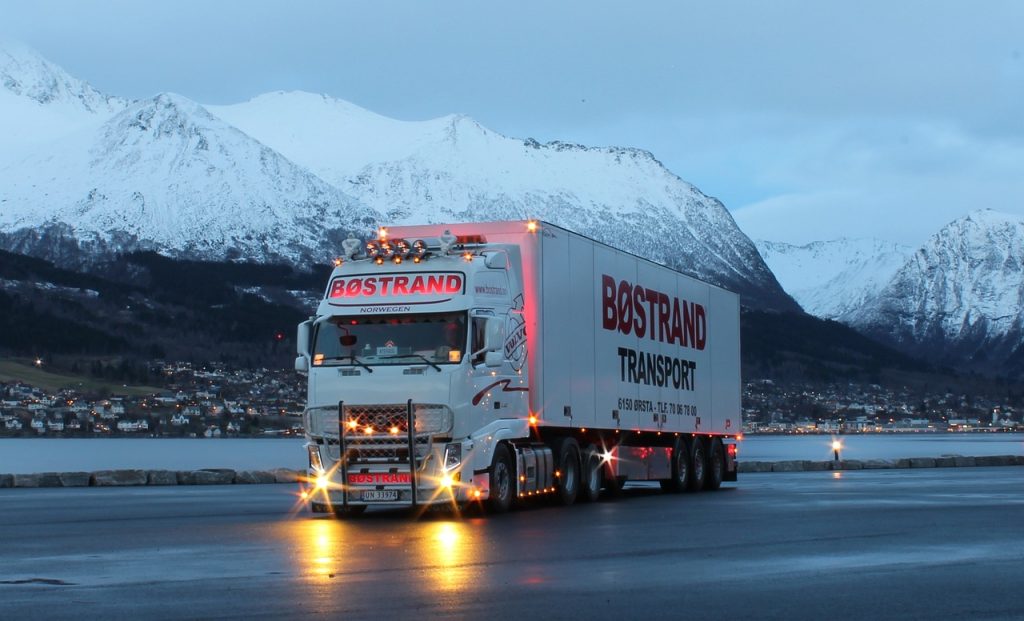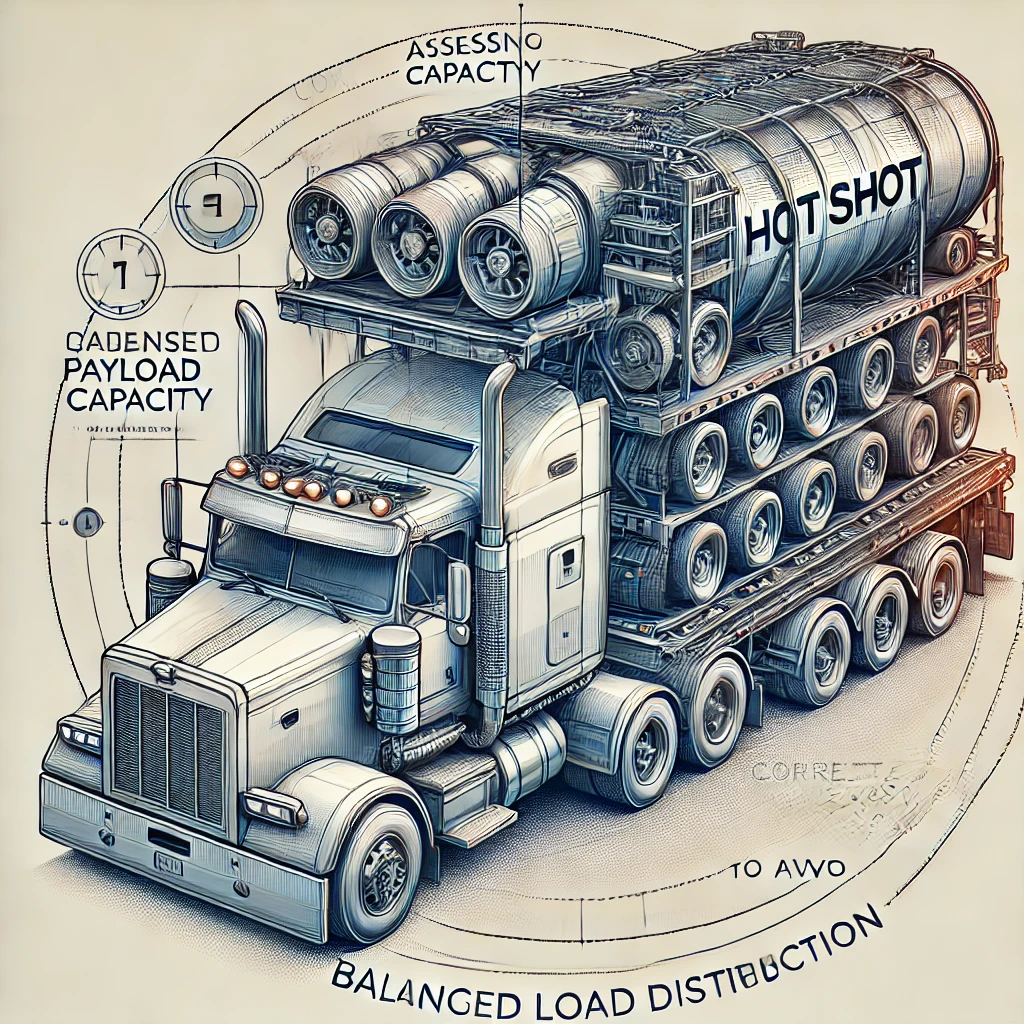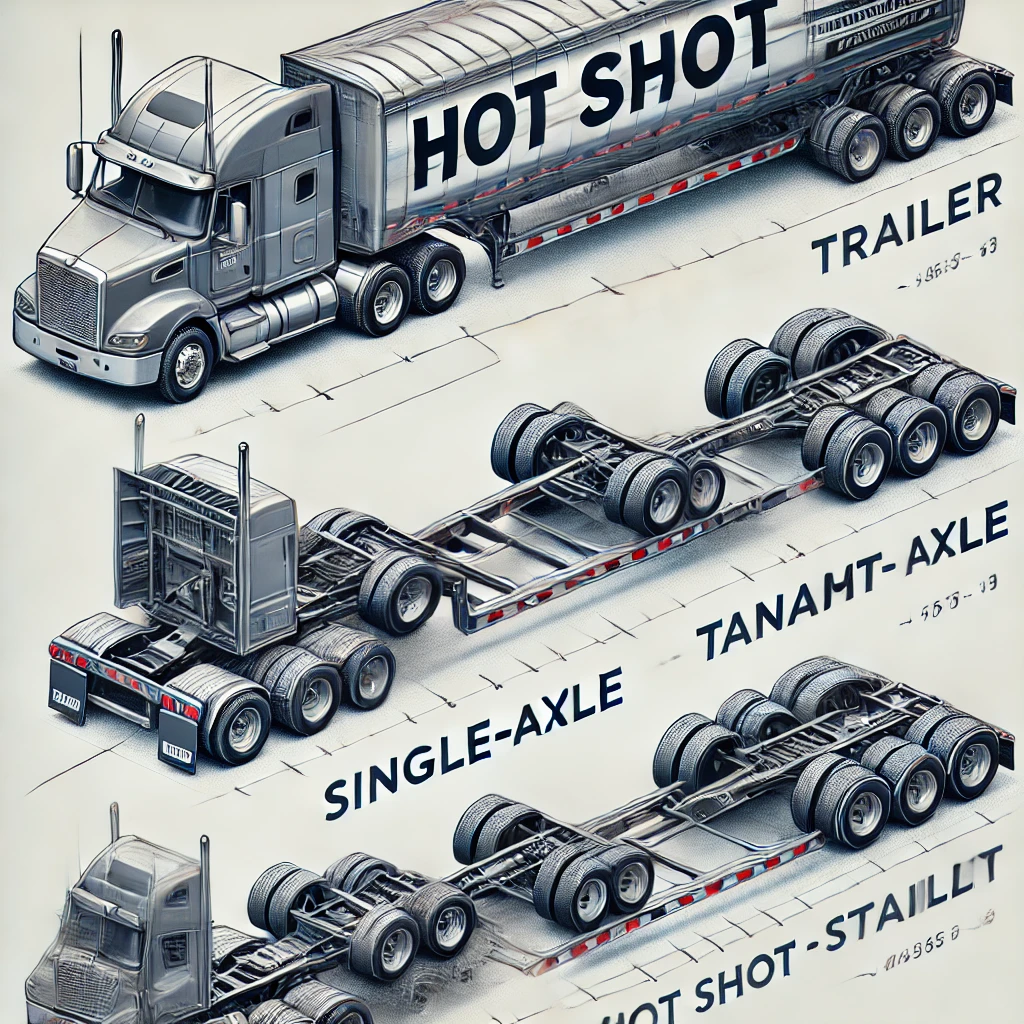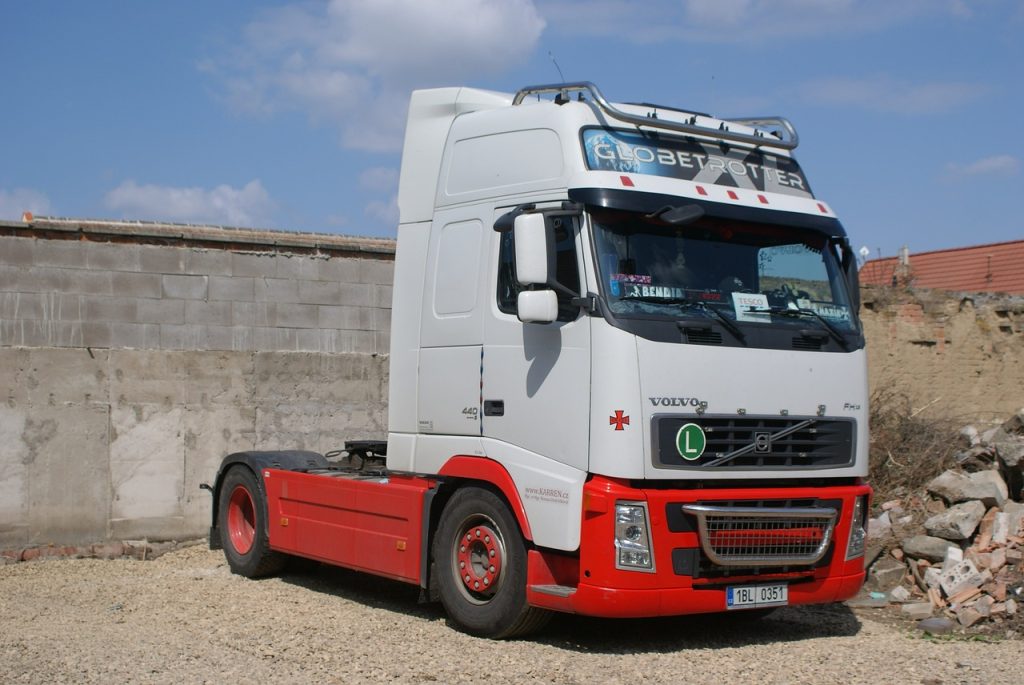The Ultimate Guide to Hot Shot Trailers: Choosing the Right Equipment for Your Logistics Business

Understanding Hot Shot Trailers
Hot shot trailers are specialized trailers designed for expedited freight delivery, typically pulled by medium-duty trucks. These trailers are crucial in the logistics industry for transporting urgent, less-than-truckload (LTL) shipments. Their versatility and efficiency make them an essential part of many logistics operations.
Types of Hot Shot Trailers
When selecting a hot shot trailer, it’s important to understand the different types available:
- Flatbed Trailers: These are the most common type, offering versatility for various load types.
- Dovetail Trailers: Feature a sloped rear section for easier loading of vehicles or equipment.
- Gooseneck Trailers: Provide better stability and higher weight capacity, ideal for heavier loads.
- Tilt Deck Trailers: Allow for ground-level loading, perfect for machinery or vehicles.
Each type has its strengths, and the best choice depends on your specific business needs.
Factors to Consider When Choosing a Hot Shot Trailer
Selecting the right hot shot trailer involves considering several key factors:
Payload Capacity
Determine the maximum weight you’ll need to haul. Overloading a trailer can lead to safety issues and legal problems.
Length and Dimensions
Consider the typical size of your loads and any length restrictions on your usual routes. Longer trailers offer more capacity but may be more challenging to maneuver.
Material
Hot shot trailers are typically made of steel or aluminum. Steel is more durable and less expensive, while aluminum is lighter, allowing for larger payloads.
Axle Configuration
Single-axle trailers are lighter and more fuel-efficient, while tandem-axle trailers offer higher weight capacity and better stability.
Towing Vehicle Compatibility
Ensure your trailer is compatible with your towing vehicle’s capacity and hitch system.

Legal Requirements and Regulations
Operating a hot shot trailer comes with legal responsibilities:
- Weight Restrictions: Familiarize yourself with federal and state weight limits.
- Licensing and Permits: Ensure you have the necessary commercial driver’s license and any required permits.
- Insurance: Obtain appropriate insurance coverage for your hot shot trucking operations.
Maintenance and Care
Proper maintenance is crucial for the longevity and safety of your hot shot trailer:
- Conduct regular inspections of the frame, deck, and all components.
- Keep tires properly inflated and replace them when worn.
- Maintain the brake system, including regular adjustments and pad replacements.
- Check and maintain the electrical system, including lights and connections.

Optimizing Operations with Linbis Software
Integrating advanced logistics software like Linbis can significantly enhance your hot shot trailer operations:
- Load Planning and Route Optimization: Maximize efficiency by optimizing load distribution and routes.
- Real-time Tracking: Monitor your trailers and shipments in real-time for better customer service and operational control.
- Maintenance Scheduling: Set up automated reminders for regular maintenance tasks.
- Compliance Management: Keep track of licenses, permits, and regulatory requirements effortlessly.
Cost Considerations
When investing in a hot shot trailer, consider:
- Initial Investment: Prices vary based on type, size, and features.
- Operational Costs: Factor in fuel, maintenance, and potential repairs.
- Return on Investment: Calculate potential earnings against costs to determine profitability.

Future Trends in Hot Shot Trailer Technology
Stay ahead of the curve by keeping an eye on emerging trends:
- Smart Trailers: IoT-enabled trailers offer real-time data on load conditions and trailer health.
- Lightweight Materials: Advancements in materials science are producing stronger, lighter trailers.
- Alternative Fuel Compatibility: Some trailers are being designed to complement alternative fuel vehicles.
Conclusion
Choosing the right hot shot trailer is a crucial decision for your logistics business. By considering factors like type, capacity, legal requirements, and maintenance needs, you can select a trailer that will serve your business well. Integrating advanced software solutions like Linbis can further optimize your operations, helping you stay competitive in the fast-paced world of logistics.
Remember, the key to success in hot shot trucking is not just having the right equipment, but also managing it effectively. With the right trailer and the power of Linbis software, you’ll be well-equipped to meet the challenges of modern logistics head-on.
